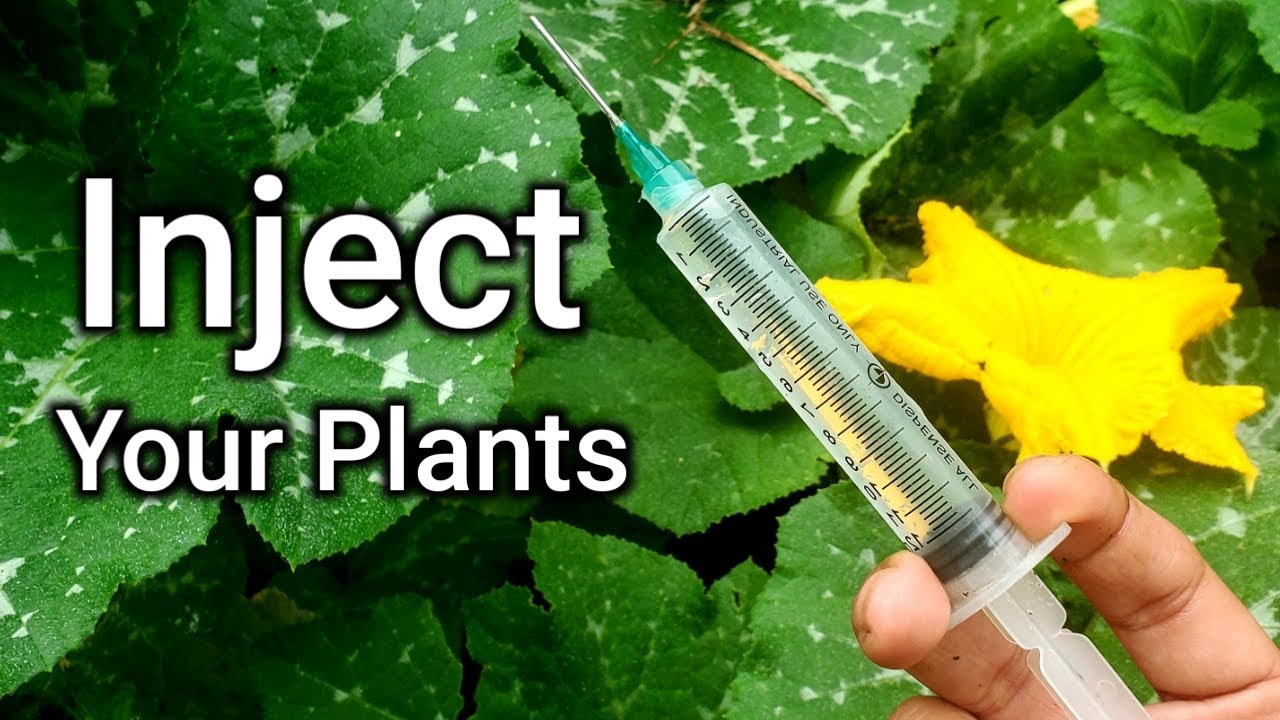Injecting Bt into squash plants involves using a syringe to apply the Bt solution directly into the stems or trunks of the plants. This method ensures effective delivery of the Bt toxin to the targeted pests, such as squash vine borers, while minimizing the impact on beneficial insects.
Injecting Bt allows for a more targeted and efficient application compared to spraying, resulting in better control of pests and improved plant health. Additionally, this technique reduces the risk of pesticide drift and contamination of the surrounding environment. By following the appropriate guidelines and using the right equipment, you can successfully inject Bt into squash plants for optimal pest management.
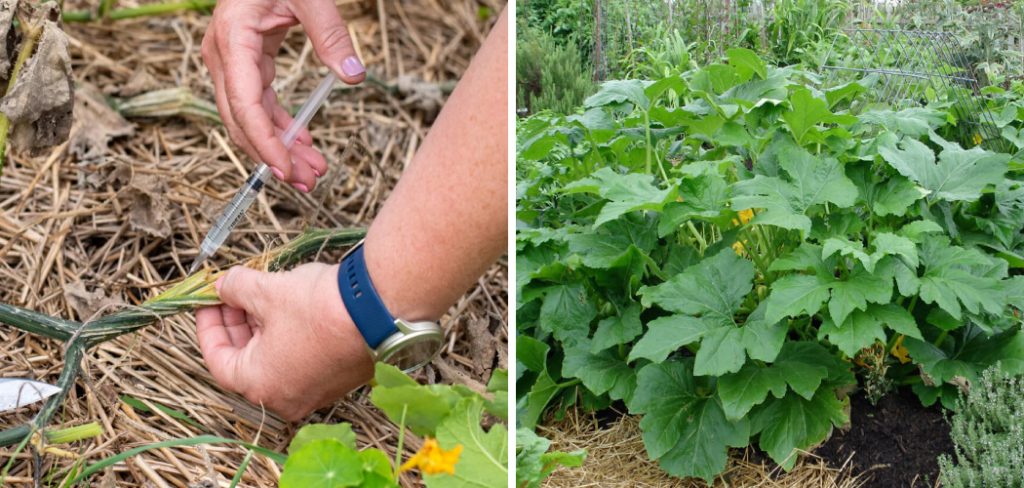
Credit: www.green-talk.com
Why Bt Is A Game Changer For Squash Plants
Bt, or Bacillus thuringiensis, is a natural bacteria-based insecticide that has proven to be a game changer for squash plants. By injecting Bt into squash plants, you can boost their resistance against pests, reducing the need for chemical insecticides and improving overall plant health. Bt works by producing toxins that specifically target and kill certain pests, such as the larvae of various moth and butterfly species that commonly feed on squash plants.
These toxins are harmless to humans, pets, and beneficial insects, making Bt a safe and environmentally friendly pest control option. Additionally, Bt is effective against a wide range of pests, making it a versatile solution for squash plant protection. By incorporating Bt into your squash plant care routine, you can enjoy healthier and more beautiful plants without the worry of pesticide residues or harm to the ecosystem.
How to Inject Bt into Squash Plants: Step by Step Guide
Selecting And Preparing Bt For Injecting Into Squash Plants
When injecting Bt into squash plants, it’s crucial to select the right strain and ensure proper preparation. Choosing the appropriate Bt strain is important as different strains have varying effectiveness against specific pests. Make sure to select a strain that targets the pests affecting your squash plants.
Understanding the appropriate concentration of Bt solution is also essential. Too little concentration may not effectively control the pests, while too high a concentration may harm the plant. Follow the instructions provided by the manufacturer or consult an expert for guidance on the right concentration for your squash plants.
Proper storage and handling of the Bt solution is vital to maintain its effectiveness. Store the solution according to the instructions on the package, ensuring it is kept in a cool and dark place. Avoid exposure to extreme temperatures or direct sunlight, as it may affect the potency of the Bt solution.
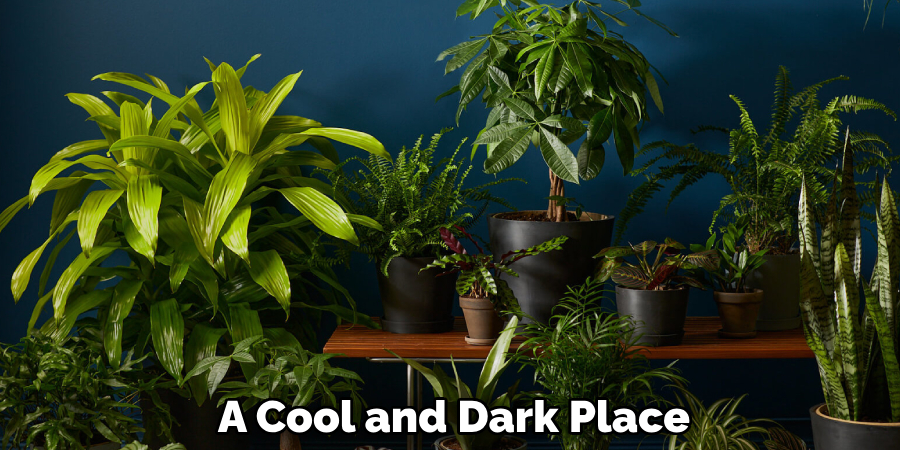
Identifying The Optimal Time For Bt Injection
Injecting Bt (Bacillus thuringiensis) into squash plants can be an effective and organic way to control pests. Identifying the optimal time for Bt injection is crucial for its success. One way to determine the right time is by recognizing the signs of pest infestation. Keep an eye out for wilting leaves, chewed or damaged stems, or the presence of pests like squash bugs or cucumber beetles. These signs indicate that pest populations have started to grow and action needs to be taken.
Another factor to consider is the stage of plant growth. Injection should ideally be done during the early growth stages when the plants are more resilient and less likely to suffer from injection-induced stress. This is usually when the plants have reached the four-leaf stage and before the formation of blossoms or fruits.
It’s also important to take into account the different varieties of squash. Some varieties may have different growth patterns or susceptibility to pests, which could affect the optimal time for injection. Familiarize yourself with the specific characteristics of the squash variety you are growing, and adjust the timing accordingly.
Preparing The Injection Equipment And Squash Plants
In order to successfully inject Bt into squash plants, it is important to prepare the necessary equipment and ensure that the plants are ready for injection.
To assemble the tools and materials required, gather a syringe or injection device, Bt solution, and a clean, sharp needle. Make sure to choose a needle size appropriate for the thickness of the squash plants. Additionally, ensure that the needle is sterile to prevent any contamination.
Prior to injecting the squash plants, it is crucial to ensure that they are in optimal condition. Check for signs of pests or disease, as injecting Bt into unhealthy plants may not yield effective results. It is also important to clean and sterilize the injection equipment before use, as any residue or contaminants can potentially harm the plants.
By following these guidelines and properly preparing both the injection equipment and squash plants, you can successfully inject Bt and protect your plants from various pests.
Proper Techniques For Injecting Bt Into Squash Plants
Injecting Bt into squash plants requires proper techniques. Ensure precise injection points, use sterile needles, and follow recommended dosage for effective pest control.
| Locating the injection sites on the plants | Administering the Bt solution correctly | Tips for minimizing plant stress during the process |
|---|---|---|
| • Identify the main stem of the squash plant and locate the leaf node that is closest to the base of the plant. | • Prepare the Bt solution according to the manufacturer’s instructions, ensuring the correct dilution ratio. | • Choose a time to inject Bt when the squash plants are well-hydrated and less prone to stress, preferably early in the morning or late in the evening. |
| • Make a small incision on the stem just above the leaf node using a sterilized cutting tool. | • Insert the needle of the syringe or applicator into the incision, aiming towards the center of the stem. | • Handle the plants gently to avoid unnecessary damage or disturbance during and after the injection process. |
| • Inject the Bt solution slowly and carefully, allowing it to spread evenly within the plant’s vascular system. | • Apply gentle pressure on the syringe or applicator to release the Bt solution into the plant. | • Provide adequate water and nutrients to the squash plants following the injection to support recovery and growth. |
Monitoring The Effects Of Bt Injection
Observing changes in pest populations is crucial when it comes to evaluating the efficacy of Bt injection in squash plants. By regularly inspecting the plants and recording any fluctuations in pest numbers, gardeners and farmers can assess the impact of Bt on pest control. Another important aspect to consider is the plant’s growth and health. Monitoring their overall development, such as measuring height, leaf color, and fruit formation, provides valuable insights into the effectiveness of Bt injection.
It is equally essential to identify any potential side effects or issues caused by Bt injection. This includes observing any negative effects on beneficial insects, other non-target species, or any abnormalities in the plants themselves. Regular monitoring and recording of these factors help gardeners optimize the application of Bt, ensuring sustainable pest management and healthy squash plants.
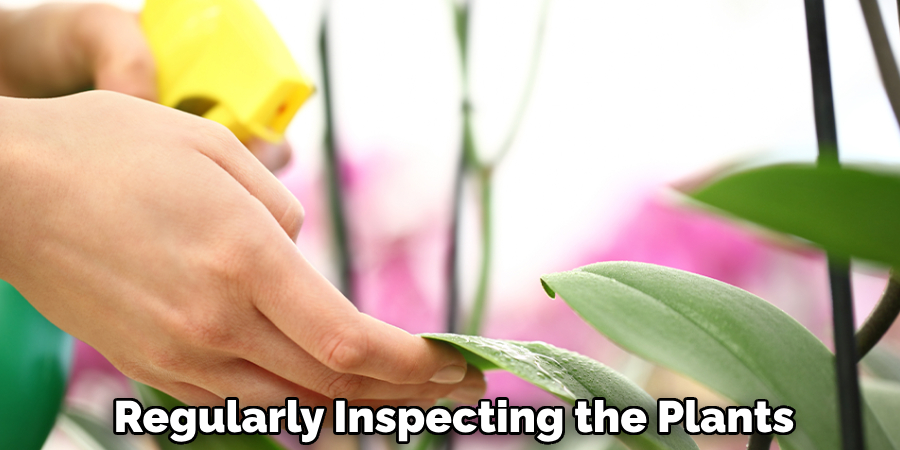
Integrated Pest Management For Long-term Success
To ensure the long-term success of your squash plants, it is crucial to implement an integrated pest management (IPM) strategy. This involves a combination of preventive measures, Bt injections, and incorporating beneficial insects for pest control. Preventive measures, such as practicing good garden hygiene and crop rotation, can help reduce the incidence of pests in the first place.
Additionally, regular monitoring and maintenance practices, such as removing weeds and maintaining proper irrigation, can further prevent pest infestations. When necessary, Bt injections, which involve the application of a natural bacteria called Bacillus thuringiensis, can be used to control certain types of pests. The incorporation of beneficial insects, such as ladybugs and lacewings, can also help keep pest populations in check. By following these proactive and environmentally-friendly approaches, you can effectively manage pests and promote the overall health of your squash plants.
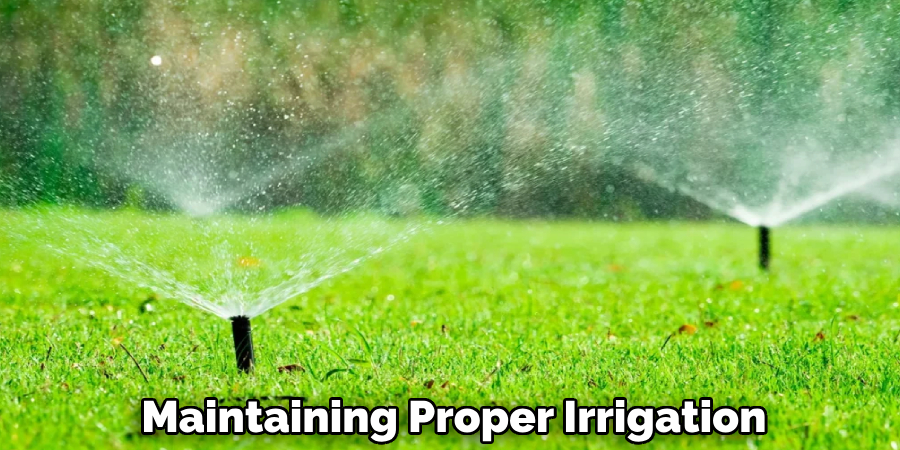
Troubleshooting Common Issues
When injecting Bt into squash plants, it is important to address potential problems that may arise. Adverse reactions or side effects can occur, so it is crucial to deal with them promptly. If your plants show signs of wilting or unusual discoloration, it may indicate a negative reaction to the injection. In such cases, it is advisable to seek professional assistance from an agricultural expert or extension service. They can provide guidance on how to mitigate the issue effectively and prevent further damage to your squash plants.
Remember, timely action is key when dealing with potential problems during the injection process. By promptly addressing any adverse reactions or seeking professional assistance, you can ensure the successful application of Bt in your squash plants, promoting their health and productivity.

Frequently Asked Questions On How To Inject Bt Into Squash Plants
How Can I Inject Bt Into My Squash Plants?
Injecting Bt into squash plants is a simple process. First, mix 1-2 teaspoons of Bt powder with water in a spray bottle. Next, inject the solution into the stems of the squash plants using a syringe or a needle. Be sure to target the area where squash vine borers commonly lay their eggs.
Repeat this process every 7-10 days for effective pest control.
When Is The Best Time To Inject Bt Into Squash Plants?
The best time to inject Bt into squash plants is during the early stages of plant growth or at the first signs of pest infestation. This is typically when the squash plants are around 3-4 weeks old and have established roots.
By injecting Bt at this stage, you can prevent squash vine borers from causing significant damage and ensure healthy plant development.
Is Bt Safe For Humans And Other Beneficial Insects?
Yes, Bt (Bacillus thuringiensis) is considered safe for humans, pets, and beneficial insects. Bt is a naturally occurring bacterium that specifically targets pests like squash vine borers. It does not harm bees, butterflies, or other beneficial insects. However, it’s important to follow the recommended application instructions and avoid excessive use to maintain a balanced ecosystem in your garden.
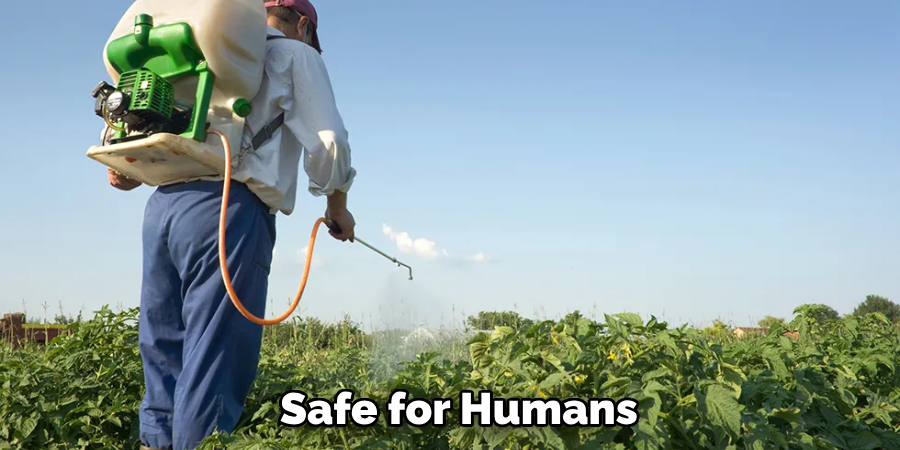
Can I Use A Bt Spray Instead Of Injecting It Into Squash Plants?
Yes, you can use a Bt spray as an alternative to injecting it into squash plants. Simply mix the recommended amount of Bt powder with water in a spray bottle and thoroughly coat the leaves, stems, and other affected areas of the squash plants.
A Bt spray is effective in controlling pests like squash vine borers and can be applied every 7-10 days or as needed for continued protection.
Conclusion
To conclude, injecting Bt into squash plants can be a highly effective method for controlling pests naturally. By addressing common issues such as squash borers, caterpillars, and beetles, this technique not only helps ensure healthy plant growth but also reduces the need for harmful chemical pesticides.
With proper application and timing, growers can enjoy bountiful squash harvests while promoting a more sustainable approach to gardening. Remember to follow the guidelines provided and consult with experts for personalized advice. Happy gardening!

